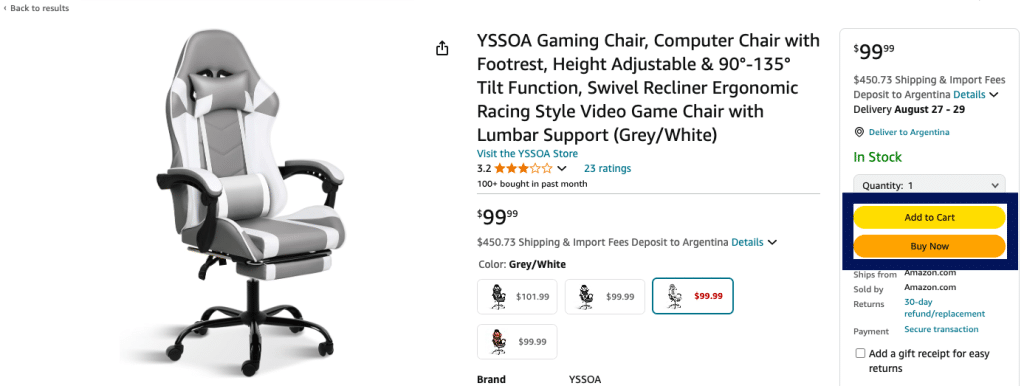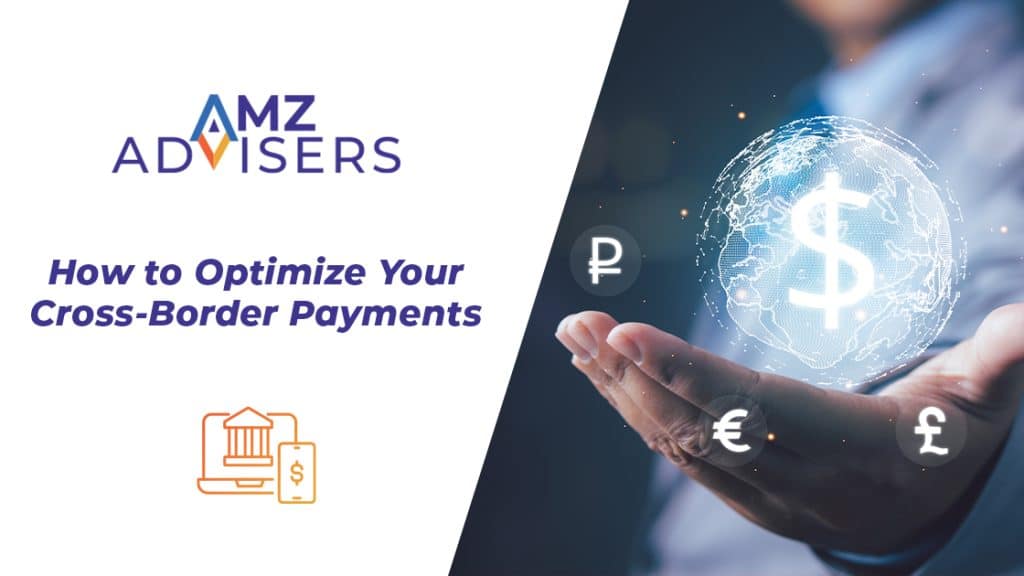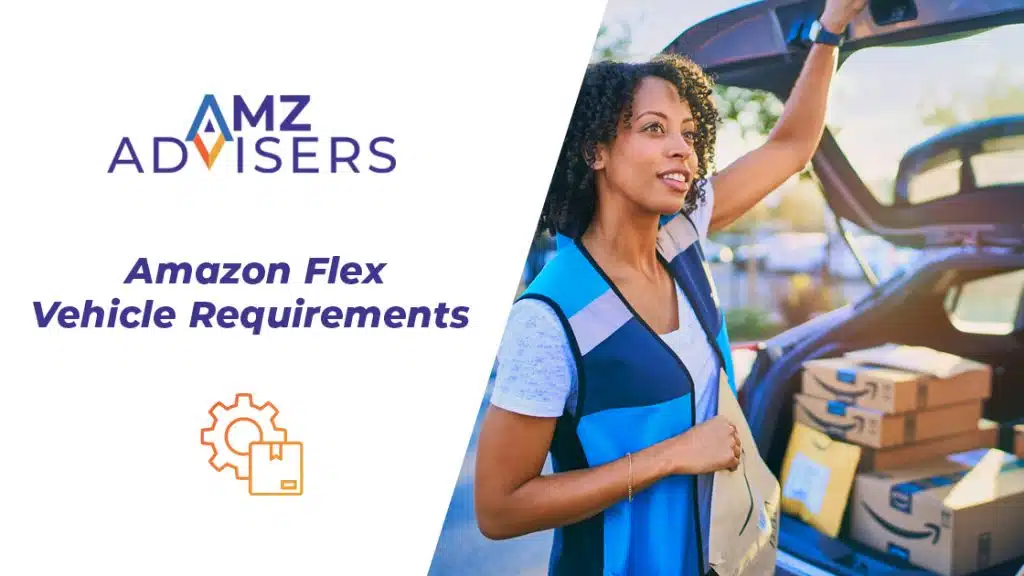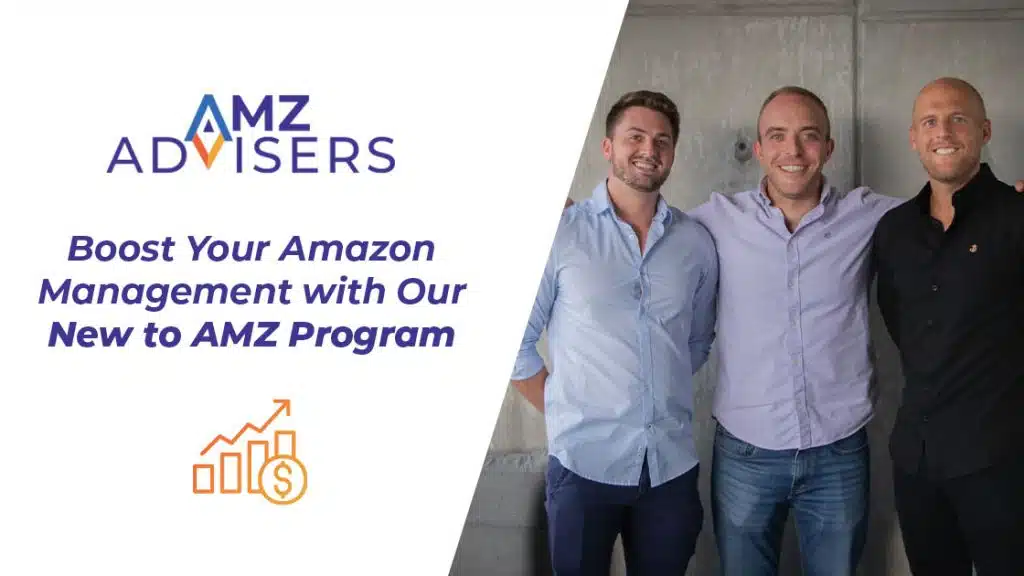The Amazon Buy Box is the Mount Everest for sellers in the marketplace. It’s the coveted spot that allows brands to get their products in front of customers.
Over 80% of Amazon purchases are made through the Buy Box. So if your product isn’t featured there, you’re potentially missing out on significant sales.
What is the Amazon Buy Box?
The Buy Box, also known now as the featured offer, is a section on a product page that allows customers to easily add items to their cart.
It typically displays the product price and the “Add to Cart” button. When customers decide to purchase, they often click on the buy box. So being featured here significantly increases the likelihood of your product being bought.
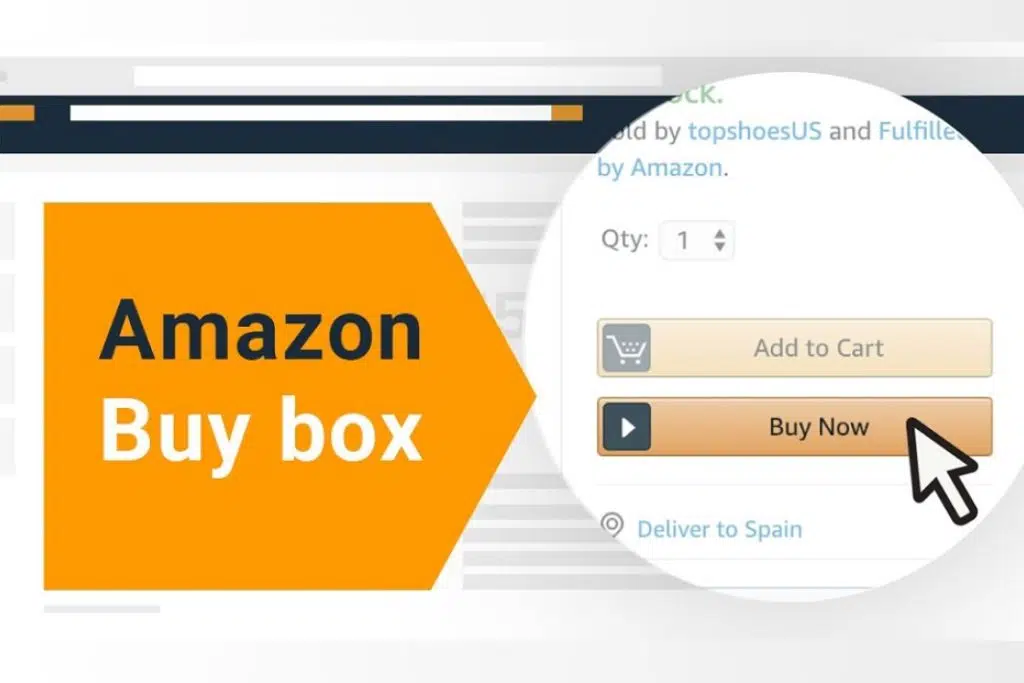
Amazon introduced the Buy Box in 2005 with the main goal of making the shopping experience easier for customers. Since its introduction, the Buy Box has become a key component of the marketplace.
The idea is to highlight the best offer for each product, making sure that shoppers get the best value.
Amazon Buy Box Mobile
Amazon mobile features the Buy Box right under the product image. Thus, this crucial feature is a crucial feature of mobile shopping on Amazon, for both Android and iOS devices. .
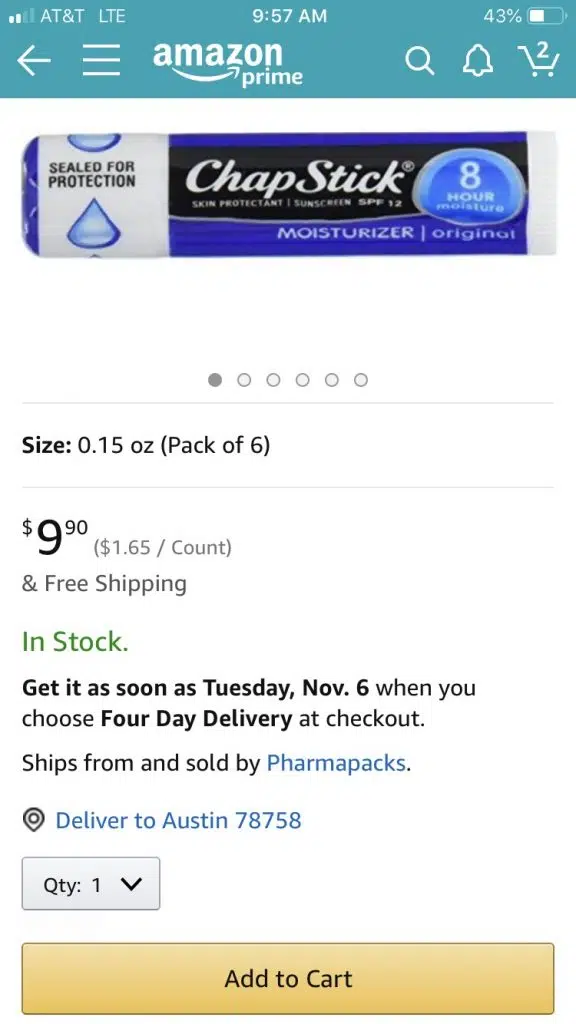
The “Offer Listing” page is out of the customer’s sight. Besides, Amazon does not display the “Other Sellers” box on the mobile site.
Only the name of the Buy Box winner is displayed on Amazon’s mobile app. Therefore, it is crucial for brands to prioritize winning the Buy Box on Amazon in order to gain this visibility.
How to Qualify for the Buy Box
You can check your product’s eligibility for the Buy Box in your Seller Central account. Navigate to the Inventory tab, select “Manage Inventory,” and look for the “Buy Box Eligible” column.

The buy box column will showcase all Buy Box-eligible ASINs. Be sure to check it frequently to see which products can win the Buy Box. You can also check for product eligibility by reviewing your inventory reports in Seller Central.
In general terms, if you want to be eligible for the Amazon Buy Box, you need to meet specific criteria. Here’s what you should focus on:
- You’ll need a professional seller account.
- Keep your customers happy. The more positive reviews you have, the better your chances to win.
- Maintaining sufficient stock is crucial. Running out of stock decreases your chances of winning the Buy Box.
- The Buy Box typically favors new products over used or refurbished ones. Focusing on new offers will give you a better chance of winning.
- Experienced Amazon sellers with a longer sales history are more likely to qualify. Focus on building a strong sales history in your store and build your experience.
How Does the Amazon Buy Box Work?
The Buy Box isn’t exclusive to one seller; any brand has a chance of winning. However, the spot is not only won by one seller at a time.
Amazon matches all candidates for each product in the marketplace. Then, the buy box algorithm balances and selects the best sellers overall, allocating a specific “buy box time” for each.
With this process in place, multiple high-ranked competitors can share the spot.
How to Win the Amazon Buy Box
Amazon uses an algorithm to determine which sellers get the Buy Box and for how long, a process known as Buy Box rotation.
Amazon rotates the buy box among different sellers who meet the requirements we listed above. This rotation allows multiple sellers to share the Buy Box, each receiving a portion of the sales.
Your time in the big spot depends on your buy box percentage. Let’s say your product appears in the Buy Box for 65 out of 100 views. That means your buy box percentage is 65%.
When ten brands share the same pricing, performance level, and stock, each should hold 10% of buy box time. So, the better your performance, the more time you’ll secure in the Buy Box.
How to Get the Buy Box on Amazon
There is no set formula for sellers. Winning the Buy Box on Amazon requires continuous effort. However, these are some key strategies to improve your chances:
Amazon Brand Registry
Being part of Amazon Brand Registry not only helps protect your brand but also gives you more control over your listings. It is also a great way to improve your chances of winning the Buy Box, as it shows Amazon that you’re committed to maintaining a high-quality customer experience.
Fulfillment Method
Opting for Amazon FBA or Seller-Fulfilled Prime can give you an edge. FBA allows Amazon to handle storage, shipping, and customer service. On the other hand, SFP lets you manage shipping yourself, but with the added benefits of Amazon Prime.
FBA and SFP are generally favored by Amazon because they offer faster shipping and better customer service. Regardless of which one you choose, both methods make your products more attractive to Amazon.
Competitive Landed Price
Your price, including shipping (also known as the “landed price”), needs to be competitive. You don’t always have to be the cheapest, but your price should be reasonable compared to others.
Landed price can vary depending on your performance. When your competitors have better metrics, you’ll need to price down to keep your Buy Box share. If you have higher performance metrics than your competitors, you can increase your price and still win.
Sufficient Stock
Keeping your products in stock is crucial. Running out of stock means you can’t win the Buy Box.
Monitor your Inventory Performance Index (IPI) to ensure you’re managing inventory effectively and avoiding stockouts.
The IPI rates your stock performance, based on the following metrics.
- In-stock inventory
- Sell-through rates
- Excess stock
- Stranded inventory
An IPI under 350 will limit your storage capabilities. So, watch out for excess inventory or running out of stock to keep an optimal IPI.
There is one exception to the rule above, though. Backordered products can be featured in the Buy Box.
With backorders, customers can order the item with the understanding that it will be shipped at a later date.
But do not rely on backorders. Immediately fulfillable products are always favored by the Amazon A9 algorithm.
Late Shipment Rate
This represents the orders confirmed after the expected ship date. Late Shipment Rate is computed by dividing late orders by the total purchases over a 10-day or a 30-day period. The date is set two working days after a placement.
Also, aim to ship orders on time—Amazon expects less than 4% of your orders to be late. The quicker you ship and deliver, the higher you’ll rank.
Order Defect Rate
Your Order Defect Rate (ODR) reflects how often customers encounter issues with their orders.
ODR considers your Negative Feedback, A-to-Z claims, and Service Chargeback Rates. These factors are divided by the total number of orders you received over a 60 day-period, to find out the number of orders which were defective.
Keep your ODR below 1% to minimize negative reviews and returns, which will help improve your chances of winning the Buy Box.
Valid Tracking Rate
This measures a Seller’s use of valid tracking numbers (VTN) to check where their orders are, and when customers will receive them. A tracking number is considered as valid once it has been scanned by a courier.
To calculate your VTR, Amazon divides each of your shipments with a VTN by the total packages you have shipped and confirmed over a 30-day period.
You must keep a 95% VTR. Lower ratings will deter your chances to sell non-FBA items.
Feedback Count and Score
Both metrics deal with customer feedback, but they do so in different ways. First off, feedback count keeps track of how many customers have given you feedback.
Now, feedback score comprises the reviews and ratings customers make about your brand and service. It includes 6 metrics:
- Shipping time
- Cancellations and chargebacks
- Customer reviews and inquiries
- A-Z guarantee claims
Your rating comprises all feedback you received over the last 30 days, 90 days and 365 days, respectively.
Customer Service
Respond to customer inquiries promptly, ideally within 24 hours. Amazon will check your responses over a 7-day, 30-day and a 90-day period.
Don’t take a long time to respond or you’ll hurt your chances of winning the Buy Box.
Cancellations and Refunds
Amazon measures these with your Pre-Fulfillment Cancellation Rate. It comprises all seller-canceled orders before shipment confirmation.
Pre-Fulfillment Cancellation Rate is calculated by the amount of annulments divided by the orders taken within a given timeframe.
Keep your rate under 2.5% with proper stock management. Anything more may get your Amazon account suspended.
Advertising on Amazon
To run ads on Amazon, your product must be in the Buy Box. Regularly monitor your ad campaigns and ensure your performance metrics remain high to maintain your Buy Box status.
What Makes You Lose the Buy Box?
Losing the Buy Box can be frustrating, especially if it was bringing in a significant portion of your sales. Understanding why you could lose your spot can help you take steps to regain it.
Price Changes
One of the most common reasons for losing the Buy Box is a change in your product’s price. If your competitors lower their prices or offer better shipping rates, your product may no longer be the best option for customers.
Inventory Issues
Maintaining a healthy inventory level is crucial. If your stock runs low or you’re out of stock, Amazon will likely remove your product from the Buy Box. If you switch from FBA or SFP to a less preferred fulfillment method, you might lose your spot.
Performance Metrics
Amazon monitors several performance metrics, as we saw above. If any of these metrics drop below Amazon’s standards, you might lose the Buy Box.
Increased Competition
Sometimes, you might lose your spot simply because more sellers are competing for the same product. If they have better performance metrics or more competitive pricing, you may lose some buy box points.
Getting Back Into the Buy Box
Losing the buy box can happen and it is not the end of the world. You can fix it if you approach it with a critical eye. The first step is to identify which of the previous factors might be the cause.
Check all the Amazon buy box requirements to see if you have been sleeping on any of them later. Is your customer feedback worse than it was before? Have you been changing prices? Once you know the issue, you can work on fixing it.
Some lesser-known tips include ensuring that your listings are fully optimized. This means using high-quality images, clear product descriptions, and accurate keywords.
Also, try to increase the number of positive reviews on your products. Encouraging satisfied customers to leave reviews can improve your overall seller rating, making you more likely to win back the Buy Box.
Finally, monitor your competitors regularly. If they’re offering better prices or using superior fulfillment methods, adjust your strategy to stay competitive.
Final Thoughts
Winning the Amazon Buy Box is one of the most effective ways to increase your sales. However, the race for the buy box is not a one-time effort. Buy box sellers display consistency in offering stellar fulfillment, pricing, inventory levels, advertising and customer service.
There really is no trick or formula to win the Buy Box on Amazon. Rather, you must focus on improving your seller performance. And even if it is one of your main goals, you can’t focus all your selling efforts on getting the Amazon buy box.
While you build the requirement, you can also look into other ways to increase your sales. Your endgame should be to become a stellar brand by optimizing your customer service.
With enough time and consistency, all your efforts will help you snag the Buy Box real estate.
Author



